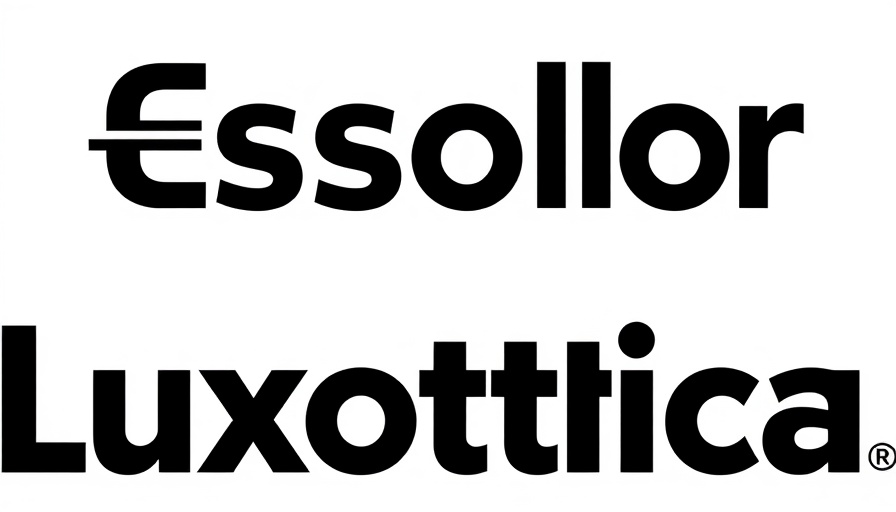
Innovative Strategies Fuel Growth for EssilorLuxottica
EssilorLuxottica, a global leader in the eyewear industry, continues to demonstrate impressive revenue growth in both the second quarter and first half of 2025. The company reported a growth of 7.8% in the second quarter compared to the previous year, and a substantial 9.3% for the first half. Much of this success can be attributed to their investment in innovations, particularly within the med-tech sector, where they are redefining ocular health.
Transforming Eyecare Through Technology
As part of their strategic vision, EssilorLuxottica is leveraging advanced technology to enhance patient care. Their new initiatives include integrating artificial intelligence and telehealth services into their offerings, providing patients with more accessible means of ocular assessments and treatments. This focus on technology aligns with the growing consumer demand for remote healthcare options, especially introduced during the pandemic.
Med-Tech Innovations Leading the Way
A notable example of their med-tech pioneering is the development of vision diagnostics tools that utilize machine learning algorithms. These tools are designed to analyze a patient's eye health efficiently and accurately, catching potential issues earlier than traditional methods. Such innovations are not just beneficial to the company’s bottom line; they set a new standard for patient engagement and care in the eyecare industry.
Market Response and Consumer Trends
The market's response to EssilorLuxottica's innovative strategies has been overwhelmingly positive. Sales of eyeglasses, sunglasses, and other optical products surged during the first half of the year. This surge reflects a broader consumer trend where individuals prioritize eye health alongside regular healthcare. Importantly, this shift is indicative of changing social attitudes towards preventive care, showcasing the growth potential within the eyecare market.
Challenges Ahead in the Eyecare Sector
Despite these significant advancements, the company faces challenges, including supply chain constraints and competitive pressure from emerging eyewear brands. Addressing these challenges head-on, EssilorLuxottica is working on diversifying its supplier base and enhancing its operational efficiency to sustain growth. Moreover, continued investment in research and development is crucial to keeping pace with rapidly changing consumer expectations and technological advancements.
Future Prospects for EssilorLuxottica
Looking forward, EssilorLuxottica is poised for further growth as they continue to expand their innovative offerings. With ongoing investments in AI and telehealth, they are set to redefine the landscape of ocular care. The implications for patients and practitioners alike are profound, paving the way for enhanced eye health databases, personalized treatment plans, and a more interconnected approach to healthcare.
In summary, EssilorLuxottica's strategic focus on innovation has not only driven remarkable financial growth but has also established them as a trailblazer in integrating technology with healthcare solutions, exemplifying their commitment to improving ocular health for a global audience.
 Add Row
Add Row  Add
Add 




Write A Comment